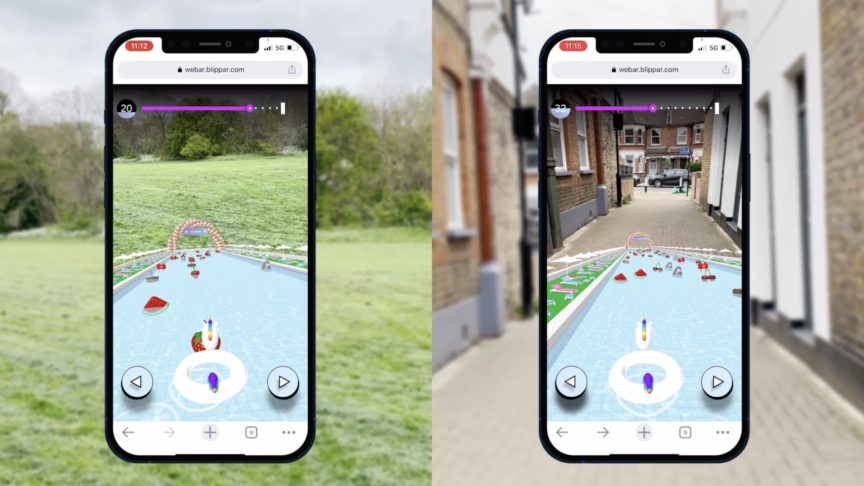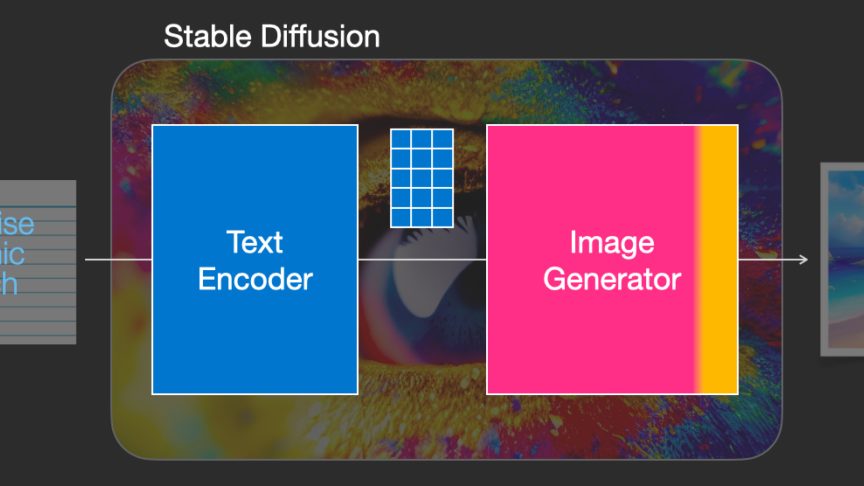Forget about X, Y and Z: Welcome to Generation Curious
July 14, 2015
Forget about X, Y and Z: Welcome to Generation Curious

Technology lets us all reconnect with the curious child within, says Omaid Hiwaizi, Blippar’s Global President of Marketing, writing in Marketing Magazine. Below is an abridged version of his article - to read the full feature visit Marketing Magazine.
Curiosity defines people as creatively intelligent creatures. Every day we hunt, compare, learn and explore. We’re not taught curiosity, we’re born with it, and arguably it has placed us in our commanding position among other animals on earth.
In his academic research summary ‘Curiosity and Information Seeking in Animal and Human Behavior’, Professor Wojciech Pisula concludes: ‘Curiosity: a desire to understand various phenomena and a quest for knowledge – is one of the main driving forces of progress. The hunger for information about the world around us is often quoted as a factor which determines our place in nature.’
Einstein called curiosity the key trait of genius; when deprived of it, brain development falls behind. But this innate curiosity that drives us as children falls away as we grow; when language and culture take over we lose this intuitive navigational ability.
Now, however, mobile phones are reinvigorating it.
Technology shapes human behaviour by offering new ways of doing things. The ‘Google Effect’ shows we now outsource short-term memory to that platform, while new medias speed up how we connect with content and each other: feature films become six-second Vines; letters became emails and now texts; developed photographs were put aside for digital snaps, then themselves dropped for selfies on Snapchat, emojis have reduced communication to instant emotional gestures.
We’ve observed similarly fascinating behaviour on Blippar over our four years. Among billions of blipps registered, rich collected data reveals an innate human curiosity - one that does not follow the demographic patterns one might expect. For example, 30% of the older readership of Gardeners’ World magazine regularly blipped its pages to watch videos of birdsong and get horticulture tips. And immediately after Robin van Persie scored his ‘Superman Goal’ in the 2014 World Cup, blipps on the Van Persie-branded Pepsi can peaked in the Netherlands, showing how fan excitement drove curiosity at that precise moment.

Furthermore, once people blipp a soda can, a press ad or a film poster, their curiosity is piqued - they immediately try blipping other objects. A new ‘Generation Curious’ has emerged.
We recently reengineered Blippar’s image-recognition engine to recognise all objects and optimise artificial intelligence algorithms to provide relevant content based on the individual and context. We’re training the system to recognise the entire world – quite an undertaking.
What is it about the new technology that teases out our curious sides? In my view it’s all about how closely the technology can integrate with us – whether it can get so personalised and pre-emptive of our needs and interests that we can access it without thinking, or indeed making any kind of request. Even something as seemingly natural as a web search requires us to know the words to describe what we are looking for. Generation Curious just wants to point and discover.
Generation Curious has always been with us; it’s an innate behaviour that’s masked as we grow up. Digital technology enables us to reconnect with the curious, intuitive beings we once were and whom we remain within.


